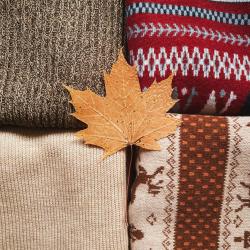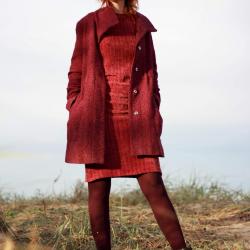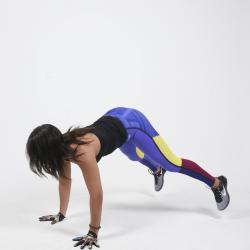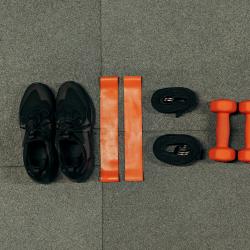How to Layer Effectively for Fall and Winter Fashion
As the golden hues of autumn leaves give way to wintry landscapes, dressing warmly without sacrificing style becomes an essential skill. The key to achieving this balance lies in effective layering—a method that not only provides warmth but also allows for creative expression through fashion. Whether you're braving a chilly cityscape or wandering through a wintry countryside, mastering the art of layering can transform your fall and winter wardrobe. Here’s how to layer effectively while staying both comfortable and chic.
Understanding the Basics of Layering
Layering isn't about piling on clothes indiscriminately. It's a strategic approach that combines different garments to maximize both insulation and style. There are typically three layers to consider: the base layer, the mid-layer, and the outer layer. Each serves its own purpose:
-
Base Layer: This is the first layer that comes into contact with your skin. Its main job is to manage moisture. Look for materials like merino wool or moisture-wicking synthetics, which help keep sweat away from your skin, ensuring you stay dry and comfortable throughout the day.
-
Mid-Layer: Acting as the main insulator, the mid-layer retains body heat. Materials such as fleece, down, or wool are ideal choices. This layer is crucial for warmth, and its thickness should vary depending on the temperature and your activity level.
-
Outer Layer: The outermost layer protects you from elements like wind, rain, and snow. Opt for waterproof or water-resistant jackets and coats. This layer is essential for maintaining comfort in inclement weather and can add a significant style element to your outfit.
Choosing the Right Pieces
When selecting clothing for each layer, quality and versatility are vital. Here are some tips on choosing the right pieces for your fall and winter wardrobe:
-
Invest in Quality Basics: Since layering involves multiple pieces, it's essential to have quality basics as your starting point. This might include well-fitting turtlenecks, long-sleeve tees, and leggings. Neutral colors like black, grey, or navy can easily match with other pieces, allowing for optimal mix-and-match potential.
-
Play with Textures: Adding different textures can make a layered outfit look more interesting. For instance, pair a smooth cashmere sweater with a rugged denim jacket or a sleek puffer coat with a chunky knit scarf. The mixture of textures not only enhances visual appeal but also adds dimension to your look.
-
Opt for Versatile Outerwear: A quality coat or jacket can elevate any outfit. Consider investing in a classic wool coat, a trendy oversized parka, or a sporty anorak. These outerwear options can be adapted to formal or casual settings, providing functionality and flair.
Accessorizing Smartly
Accessories are the finishing touches that complete your layered ensemble. Here’s how to choose them wisely:
-
Scarves and Beanies: A good scarf not only provides warmth but can also be a statement piece. Experiment with colors and patterns to add vibrancy to your look. Beanies are essential for keeping your head warm and come in various styles to suit different outfits.
-
Belts and Statement Jewelry: Layering often involves multiple fabric layers, which can sometimes look bulky. A belt can help define your waist and create shape. Meanwhile, statement jewelry like bold necklaces or earrings can draw attention and add a personal touch.
-
Footwear Considerations: Choose footwear wisely, as it ties your whole outfit together. For fall, ankle boots are versatile and trendy, while winter calls for insulated, waterproof boots to keep your feet warm and dry.
Practical Tips for Layering
-
Balance Proportions: To avoid looking overwhelmed by layers, pay attention to proportions. If you’re wearing a bulky top layer, pair it with slim-fitting pants or leggings. Conversely, baggier trousers pair well with tailored or cropped jackets.
-
Keep Mobility in Mind: Ensure freedom of movement by choosing stretchable or lightweight fabrics in your base and mid-layers. This is especially important if you’re active and on-the-go.
-
Color Coordination: While layering provides the opportunity to experiment with colors, sticking to a cohesive color palette can maintain elegance and prevent clashing. Opt for complementary hues or play it safe with monochromes and neutral tones.
Conclusion
Layering is both a practical necessity and a fashion opportunity during the fall and winter months. By understanding the function of each layer and carefully selecting versatile, quality pieces, you can craft a layered look that’s both warm and stylish. Don’t be afraid to experiment with textures, colors, and accessories—personal style is about expression. So, embrace the chill in the air with confidence, knowing that with the right approach to layering, you can stay cozy and chic all season long.






















